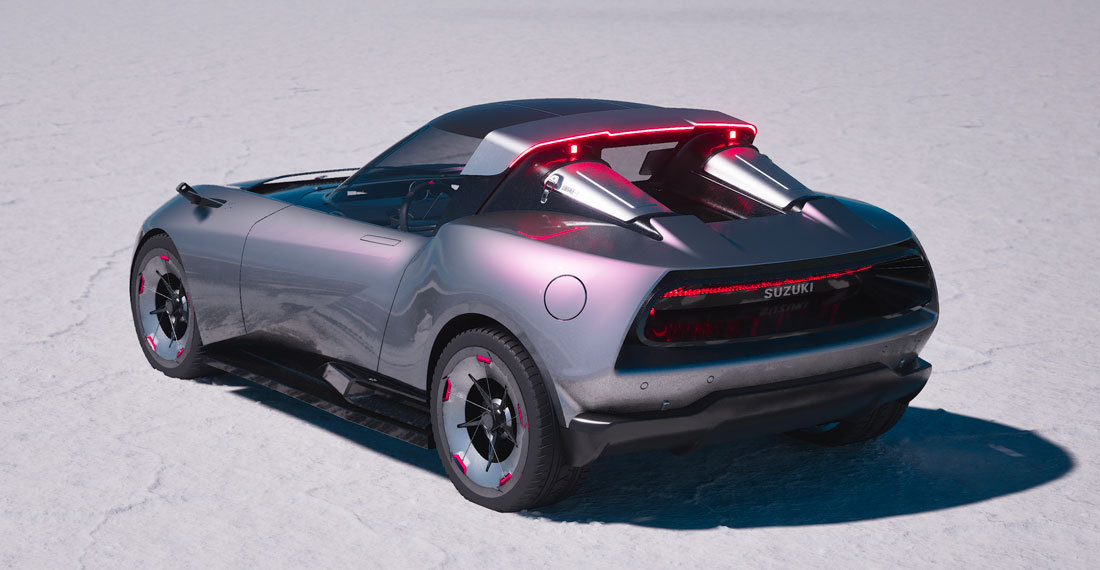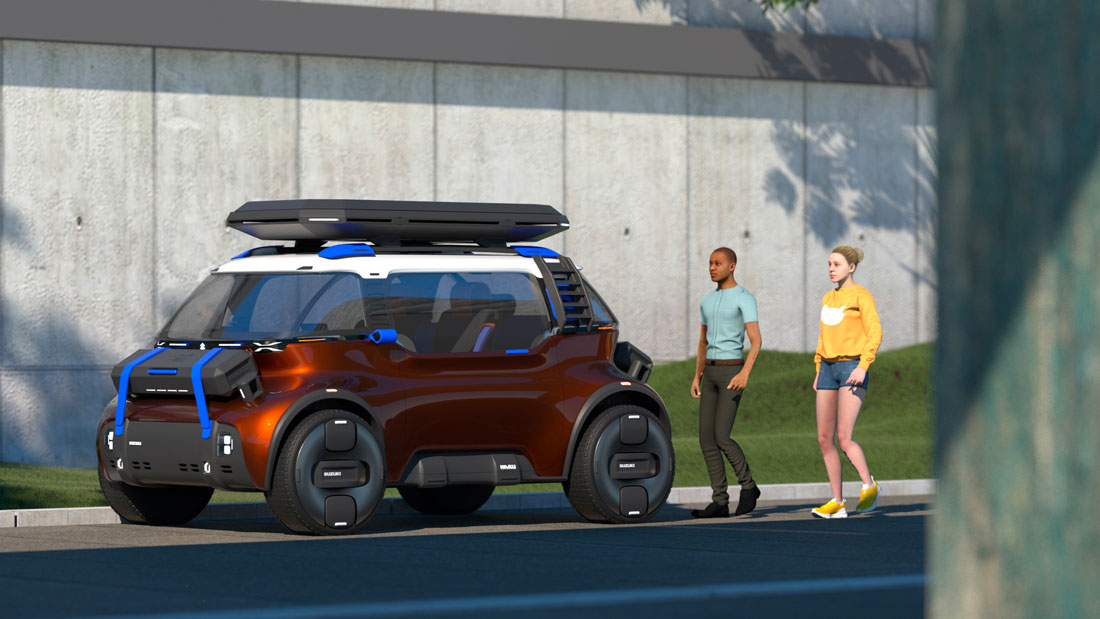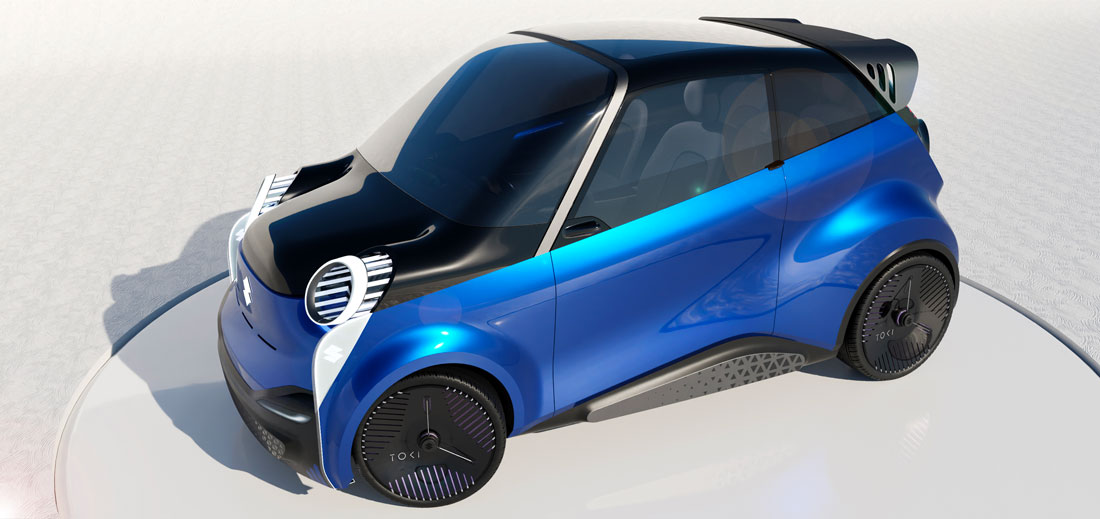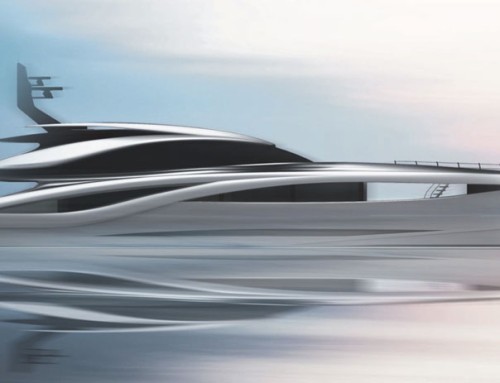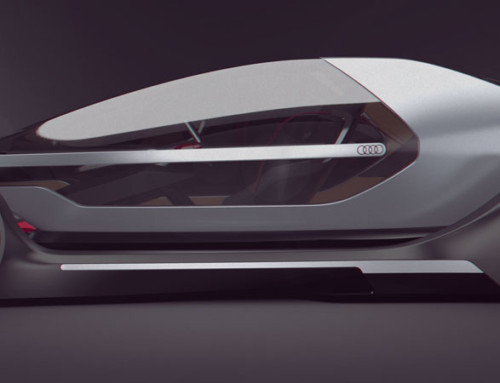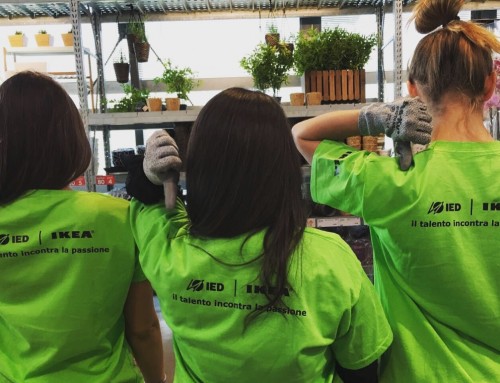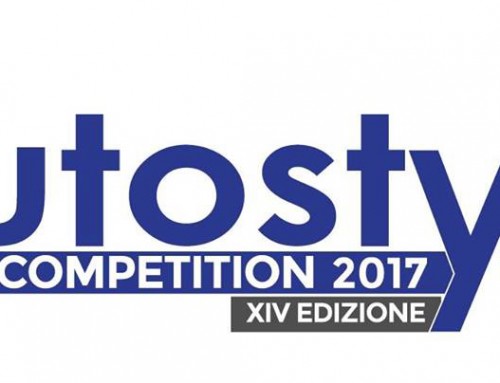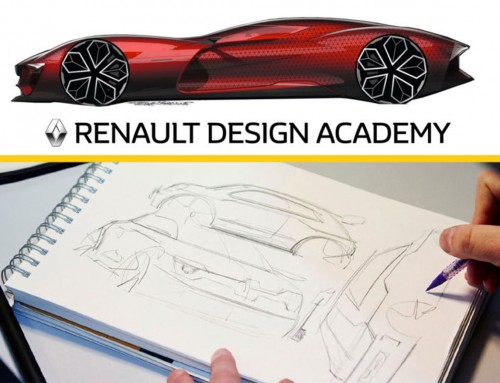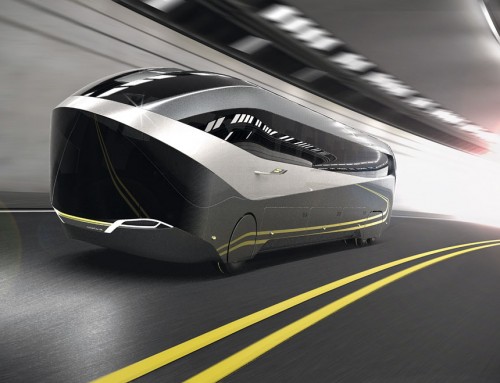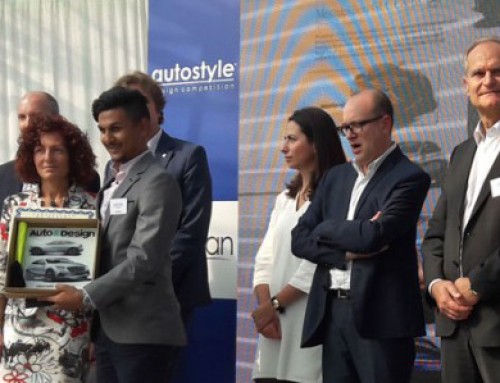A small car with immense potential, the K-Car is typically Japanese with really compact overall dimensions (3400x1480x2000 mm). Could it also be an effective answer to the mobility needs of European urban areas in the near future?
The students of the Transportation Design course at the IED in Turin have been trying to answer this question in their theses in collaboration with Suzuki, which focused this year’s brief on the concept of a European K-Car for 2035.
“This project provided students with an important opportunity to work their way round the constraints presented by a predetermined package, an increasingly rare situation in the thesis phase where there is often a tendency to leave students maximum freedom of expression at the expense of their problem-solving skills. Finding the right balance between creativity and limitations is in fact an extremely useful training experience, especially when they have a job in mind”, explained Michele Albera, course coordinator who, together with lecturer Fulvio Fantolino, guided the students in how they defined and developed their proposals.
This design responds to the desires of Generation Alpha (i.e. people born in 2012 and thereafter) characterised by sleek, flowing shapes that merge seamlessly into a large customisable rear sphere, much like selecting skins in popular video games. Thanks to the four electric motors on the wheels, the living space can be laid out to accommodate all the interior elements, these too inspired by the world of gaming, such as the seats that can be rotated towards the virtual screen and the steering wheel that transforms into a joystick.
A two-seater spider that looks back nostalgically to the golden age of the motor car, when the fascination of engines was undisputed and passion guided the end user’s approach.This iconic, minimalist design can be customised using the countless options that the customer can add over the course of time, rather than when the purchase is made, to fit in with evolving tastes and needs.
Agile and compact, this multi-purpose vehicle is ideal for urban mobility (of people and goods), but also for short trips and journeys in the countryside. The dynamic and transformable layout, inside and out, is built around three key concepts: reciprocity, stimulating the connection between people and their surroundings; adaptability, thanks to the multiple charging options and accessories for every type of journey; and the absence of constraints, guaranteed by its crossover nature.
This design is inspired by the arcade gaming stations of the 1990s, not only in terms of its shape, but also to evoke the playful and immersive experience they introduced. To add character and originality to the car’s sculpted and rigorous aesthetic, the team incorporated clear references to Pac-Man, one of the most iconic video games of all time.
Compact shapes, optimised proportions and friendly styling are the ingredients of this concept that revolves around finding the right balance between work and play. The cute expression – given by the circular front headlights – characterises the front, while the interior is defined by how the space is organised. The attention to the customization possibilities presupposes three available setups.
(Full article in A&D no. 269)



